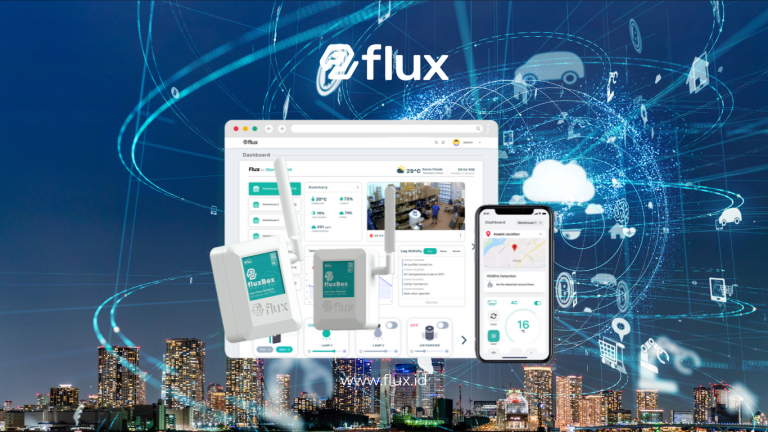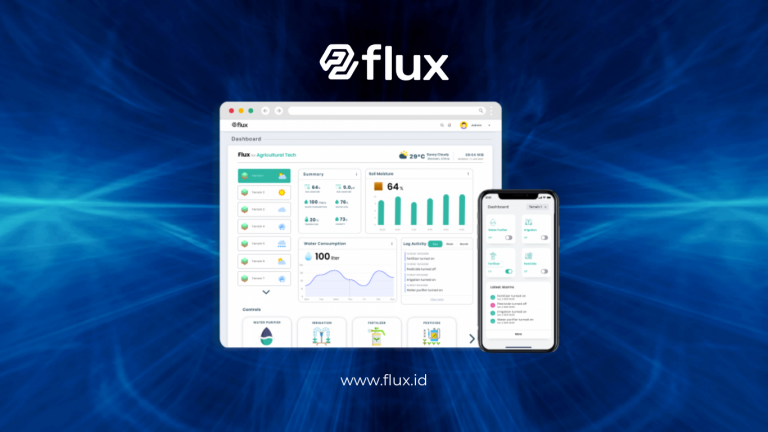Don't miss our holiday offer - 20% OFF!
In this era of rapid technological advancement, the ability to efficiently manage devices has become vital. With numerous connected devices, ranging from simple sensors to complex automated systems, the challenges in device management are also increasing. Here, Flux emerges as an innovative solution that integrates systems from gateway to cloud, enabling organizations to manage their IoT devices more efficiently and effectively. This article will discuss how Flux can help optimize device management, the benefits it offers, and steps to make the most of this technology.
Contents
What Is Flux?

Company Profile
Flux is a company specializing in IoT technology and device management solutions that assist various industries in improving operational efficiency. With the capability to connect multiple devices, Flux offers a robust system that allows users to collect and analyze data in real-time.
Why Is Flux Important?
In today’s digital era, companies are required to leverage data and technology to remain competitive. Flux provides the infrastructure needed to meet these demands, helping organizations achieve sustainable and innovative goals.
Key Functions of Flux

1. Connected Gateways
Flux uses advanced gateways that connect various devices to the internet. These gateways function not only as connectors but also as controllers and regulators of data flow from devices to the cloud system.
2. Real-Time Data Processing
Flux can collect and process data in real-time. This means that the important information needed for decision-making can be accessed quickly, allowing for a more effective response to changes in the operational environment.
3. Cloud Platform
Flux offers a powerful cloud platform for storing and analyzing collected data. With cloud access, data can be retrieved from anywhere at any time, providing flexibility for users in managing information.
Benefits of Using Flux for Device Management

1. Improving Operational Efficiency
Flux helps companies reduce the time needed to manage devices. With automation and real-time data processing, processes that typically take a long time can be completed more quickly and accurately.
2. Easy Access to Data
Users can access information from connected devices without location constraints, allowing management to stay connected and more engaged in ongoing operations.
3. In-Depth Analytics
Flux not only collects data but also provides analytical tools that allow companies to derive deeper insights. This helps organizations make better decisions based on comprehensive data analysis.
4. Support for Data-Driven Decision Making
With accurate and up-to-date data, management can face challenges with more effective solutions. Decisions based on strong evidence are more likely to yield better outcomes.
Applications of Flux in Various Sectors

1. Manufacturing Sector
In the manufacturing industry, Flux enables precise monitoring of production devices. With access to real-time data, managers can ensure that all equipment operates efficiently.
2. Energy Sector
In the energy sector, Flux plays a crucial role in monitoring energy usage and emissions. This helps companies meet stringent environmental standards and improve operational efficiency.
3. Agriculture Sector
Flux also transforms how farmers work by providing advanced monitoring systems. Data about weather conditions and soil moisture is processed to support better agricultural decisions.
4. Healthcare Sector
In the healthcare industry, Flux is used to monitor medical equipment and patient conditions. With efficient systems, the quality of healthcare service can be improved.
5. Transportation Sector
Flux provides smart solutions for fleet management in the transportation sector, enabling real-time vehicle monitoring and more effective route management.
Best Practices for Optimizing the Use of Flux

1. Detailed Planning
Creating a thorough plan before implementing Flux technology is crucial. A good plan helps direct the integration process of the system into the company’s operations.
2. Adequate Training
Providing comprehensive training to all team members on how to effectively use Flux will enhance the success of the implementation.
3. System Customization
Customize the features and functions of Flux according to the specific needs of your business. This not only improves efficiency but also provides a better user experience.
4. Regular Monitoring and Evaluation
Conduct routine evaluations to ensure that the system runs smoothly and provides relevant data. Evaluation helps identify areas that need improvement.
Conclusion
Through Flux technology, companies can optimize the management of IoT devices, improve efficiency, and contribute to sustainability. By implementing integrated advanced technology from gateway to cloud, Flux has revolutionized the way industries operate.
With investments in innovations like Flux, businesses can not only compete but also thrive in an ever-evolving technological landscape. Let us move together toward a more efficient and sustainable future!




